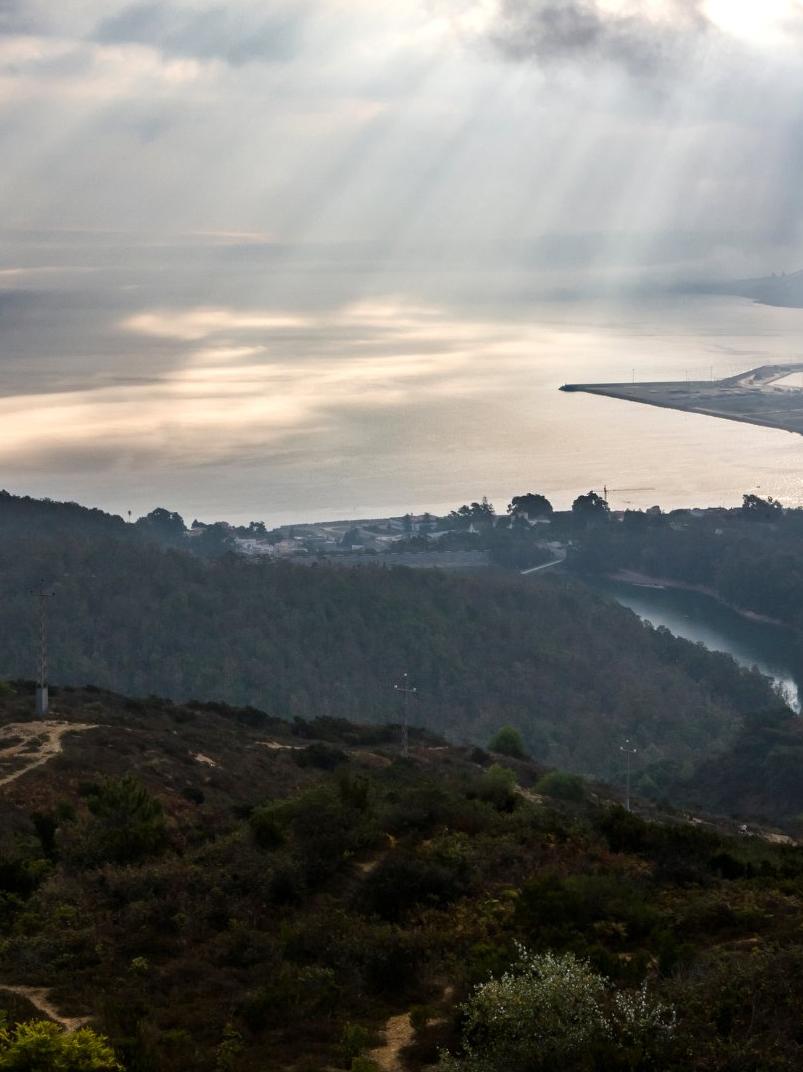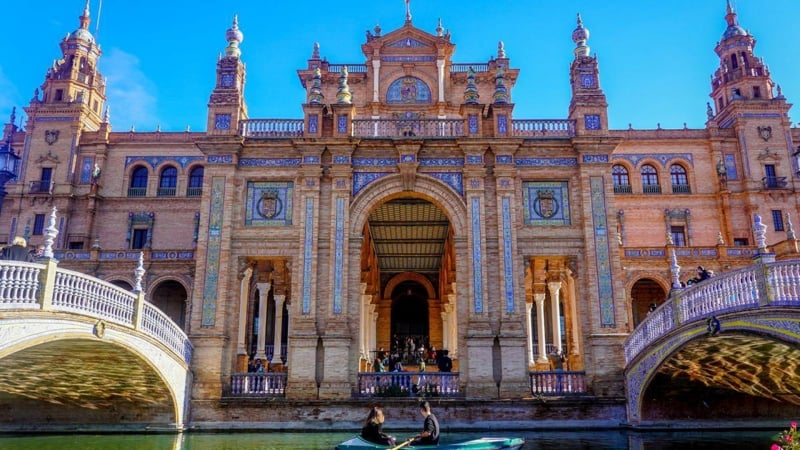According to ancient Greek and Roman legend, the Pillars of Hercules are two stone pillars marking the edge of the known world. One is located on the Rock of Gibraltar, the other is located in Ceuta.
Today, Ceuta is a Spanish enclave, a part of the country completely surrounded by another country. Located 28 miles from mainland Spain, this tiny piece of Europe in Africa is one of the most unusual places on either continent.
SPANISH BEAUTY HIDDEN IN AFRICAN TERRITORY
Ceuta is an autonomous city of Spain located on the northern coast of Africa, facing the Strait of Gibraltar. It is one of two Spanish overseas territories in Africa, along with Melilla. Ceuta has an area of 18.5 km2 and a population of approximately 85,000.

Located on the northern edge of Morocco, Ceuta is a crossroads of Spanish and North African cultures.
Ceuta's history dates back to the 7th century BC when it was founded by the Phoenicians. It has since been controlled by Carthaginians, Romans, Visigoths, Byzantines, and Berbers. In 1415, Ceuta was captured by the Portuguese and later ceded to Spain in 1580.
Surrounded on three sides by water, Ceuta is protected by high medieval walls, stone citadels and barbed wire fences, all reminders of its tumultuous history.
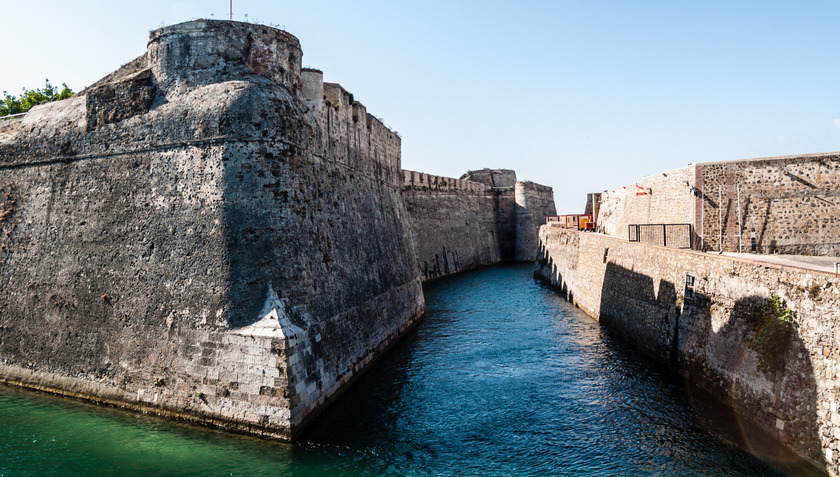
Prized for its strategic location, the city's history stretches back to ancient times and with its prominent position guarding the Strait of Gibraltar
With an area of just 7 square miles and a population of about 85,000, this peninsula jutting into the Mediterranean Sea has been owned by Spain since 1580.
But the enclave is more than just colonial ruins; with architecture, culture and cuisine blending influences from both sides of the Strait of Gibraltar, it may be Spain's most multicultural city.
GATEWAY TO AFRICA
Ceuta’s history is complex. Standing on the 16th-century Royal Walls that still surround the suburb’s old town, Bernal explains how the Portuguese conquered Ceuta in 1415 as the Christian Reconquest of the Iberian Peninsula swept across the Mediterranean Sea and into the Moorish heartland.
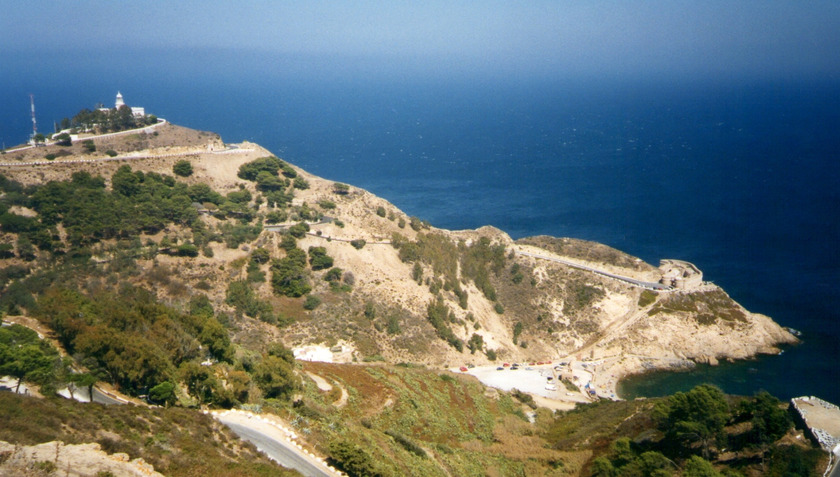
This city is a prime example of the intersection of different cultures.
Portugal and Spain united under a single king in 1580, and Ceuta was thus under the rule of the Iberian Union until 1640 when Portugal seceded.
However, the people of Ceuta – who largely emigrated from Spanish, rather than Portuguese, territories on the European mainland – decided they were on Spain's side.
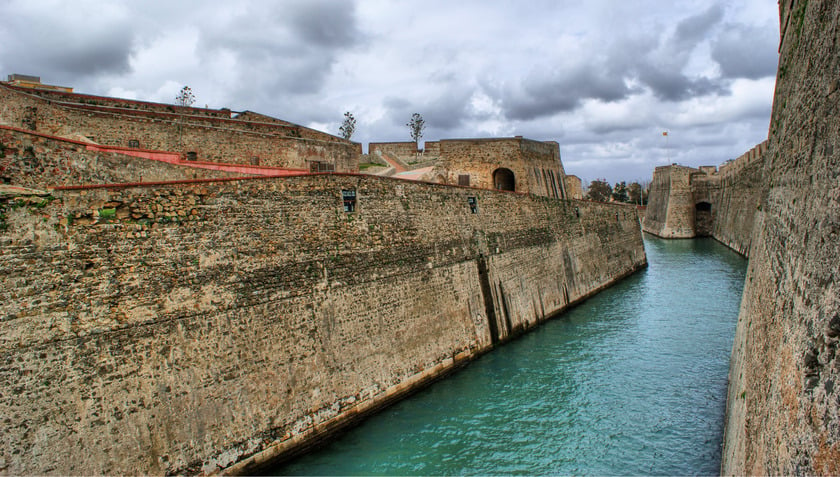
Ceuta is an enclave of Spain, a part of the country that is completely surrounded by another country.
Prized for its strategic location, its history dating back to ancient times, and its prominent position guarding the Strait of Gibraltar, every Mediterranean power has claimed or conquered Ceuta.
Phoenician ruins dating back to the 7th century BC can be found next to the Ceuta cathedral. Mediterranean seafarers established a small settlement here as part of their growing maritime empire, followed by the Carthaginians and Romans, who needed to secure access to Africa.
CULTURAL MIX
The city is a prime example of the fusion of different cultures in its architecture, cuisine, art and customs. Ceuta is predominantly Spanish and Moroccan, but there are also several other minority communities.
Cultural exchange in architecture
Ceuta is an autonomous city of Spain located on the north coast of Africa. The city has a long history and has been ruled by many different empires, including the Romans, Visigoths, Berbers and Muslims. This has resulted in a unique blend of architectural styles in the city.
The ancient wall Las Murallas Reales surrounding the city of Ceuta was built in the 16th century by the Spanish. The wall combines Roman, Visigoth and Islamic architectural elements.
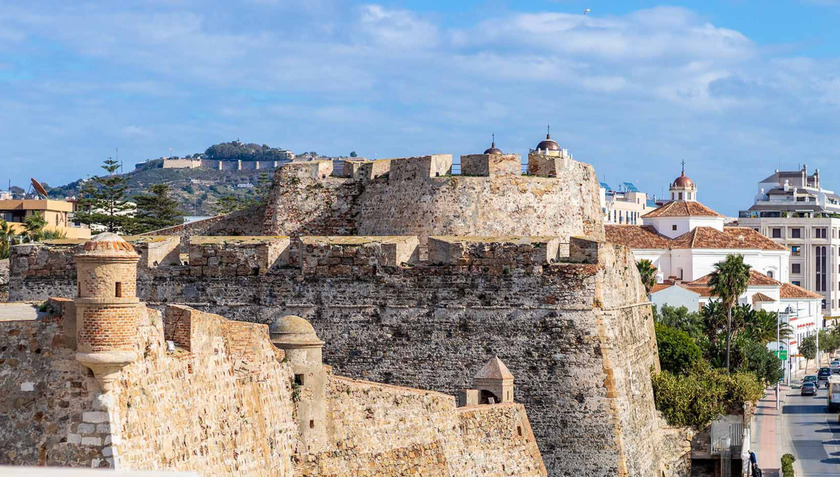
The system extends over 2 km around the historic centre of Lugo in Galicia (Spain)

The walls have also been a national monument in Spain since 1921.
Ceuta's Catedral de la Asunción was built in the 16th century in the Gothic style. However, the church also has some Islamic architectural details, such as the minaret-shaped bell tower.

The Cathedral of Ceuta Catedral de la Asunción was built in the 16th century in the Gothic architectural style.

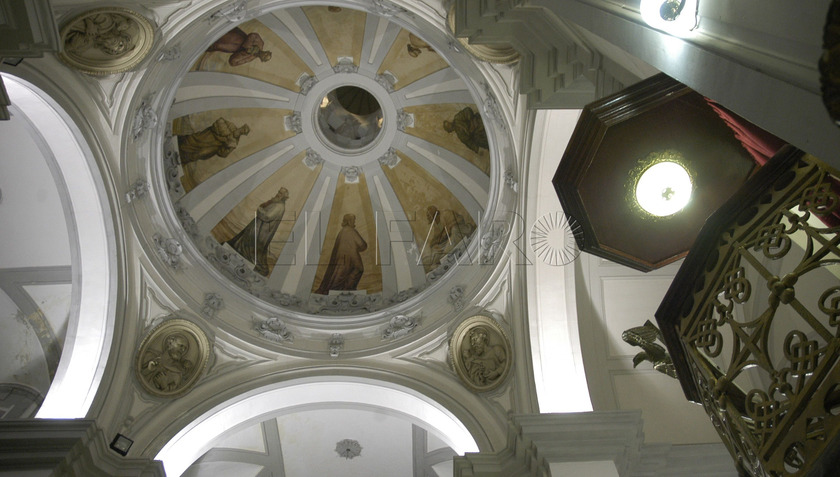
The cultural mix in Ceuta's architecture is one of the things that makes the city so unique and fascinating. Visitors can find examples of architecture from many different periods and cultures throughout the city.
Land of multicultural cuisine
Ceuta cuisine is a unique fusion of Spanish, Moroccan and Mediterranean cultures. Due to its geographical location and history, Ceuta has absorbed culinary influences from many different places, using many typical Mediterranean spices such as garlic, bell peppers, saffron, coriander, cumin and pepper. Due to its coastal location, seafood plays an important role in Ceuta's cuisine. Popular seafood dishes include fish, squid, shrimp, crab and clams.
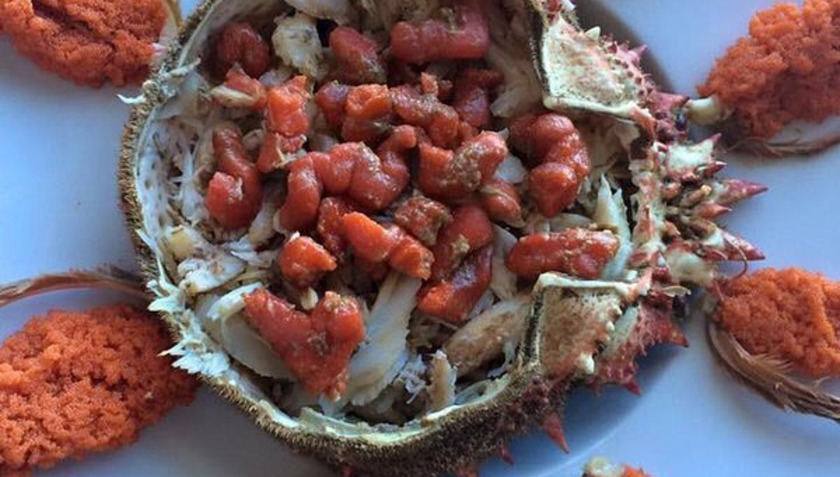
Due to its coastal location, seafood plays an important role in Ceuta's cuisine.
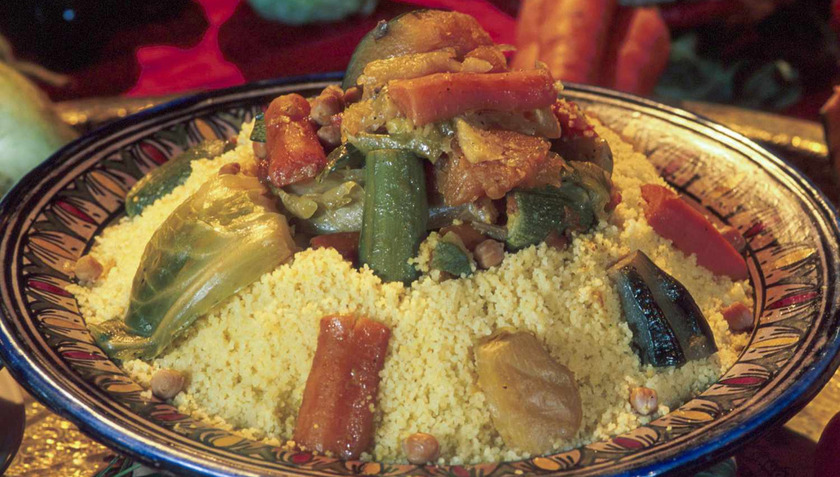
Ceuta cuisine uses many typical Mediterranean spices such as garlic, bell peppers, saffron, coriander, cumin and pepper.
Lamb and chicken are also popular ingredients in Ceuta cuisine. Dishes are often cooked with Mediterranean spices and herbs. Bread is an important part of Ceuta cuisine. Bread is often served as an accompaniment to other dishes or as an appetizer.
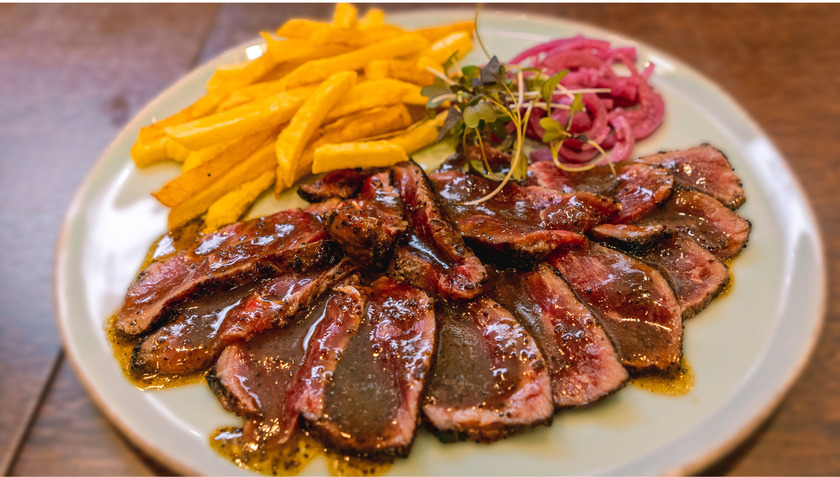
Ceuta cuisine is a unique fusion of Spanish, Moroccan and Mediterranean cultures.
Ceuta has a wide variety of fresh fruits and vegetables due to its Mediterranean climate. Popular fruits include oranges, tangerines, grapes, apples, and pears. Popular vegetables include tomatoes, cucumbers, bell peppers, onions, and garlic.
Couscous is a popular dish that is deeply rooted in the culinary culture of Ceuta. It is made from semolina flour, which has small pearl-like grains, giving it a delicious and unique flavor. Couscous is usually cooked by steaming or boiling. Once cooked, the couscous is fluffed and mixed with other ingredients such as meat, vegetables, seafood, spices and herbs. The dish has a delicious flavor, combining the richness of the flour, the sweetness of the vegetables and the richness of the meat or seafood. This dish is often served with sauce or soup to enhance the flavor.
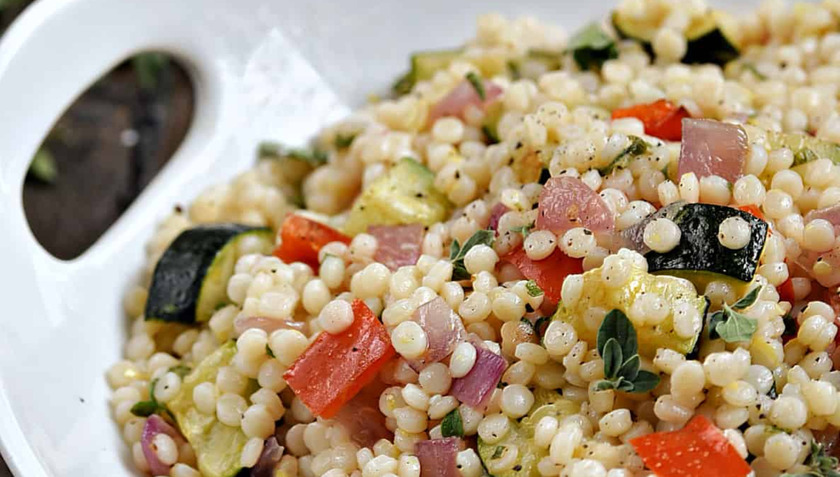
Couscous is a popular dish and a strong part of Ceuta's culinary culture.
Ceuta is famous for its large reserves of fish, squid and prawns, so deep-fried fish, squid and prawns are eaten all year round. Diners should also try pies filled with monkfish, sailfish, prawns and Norwegian lobster. These seafood dishes are best enjoyed with red wines from southern Spain. Non-drinkers can have mosto, which is grape juice.





